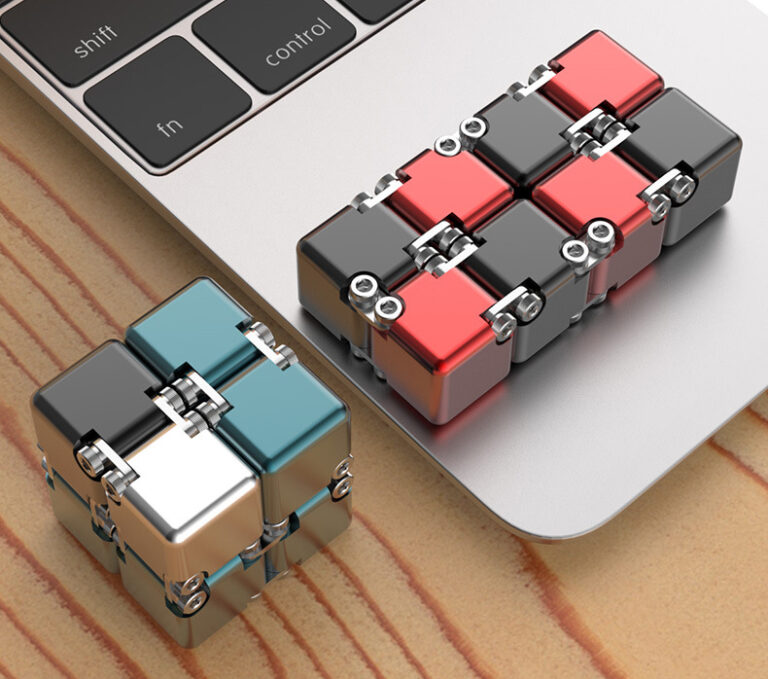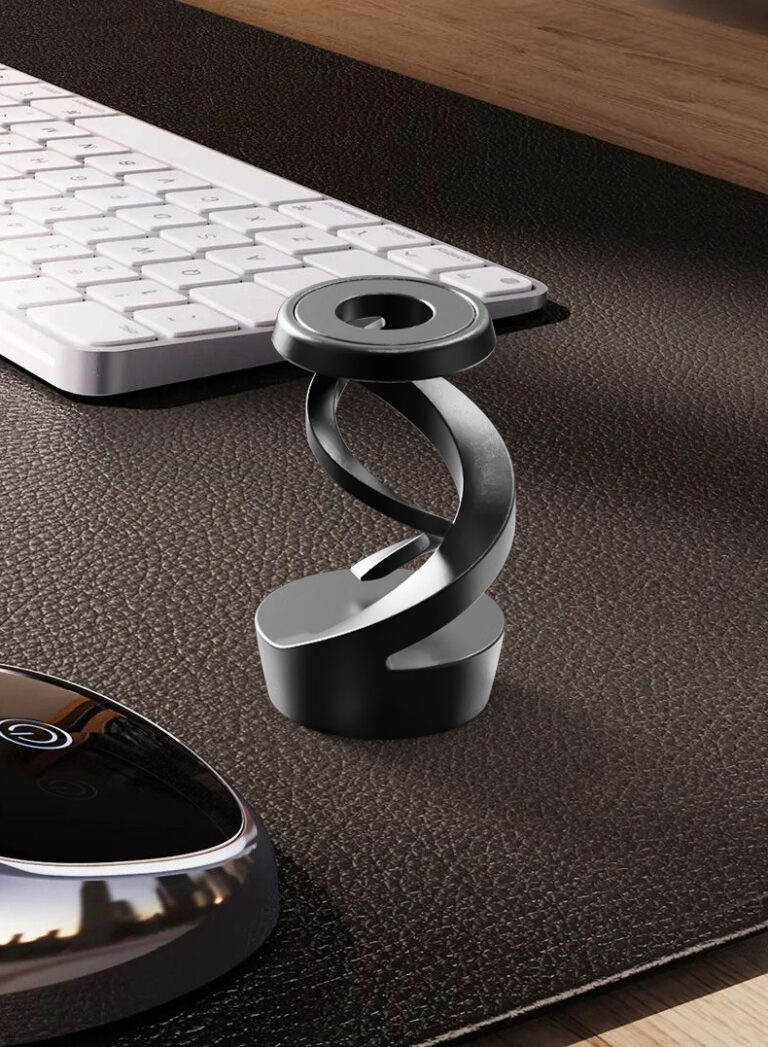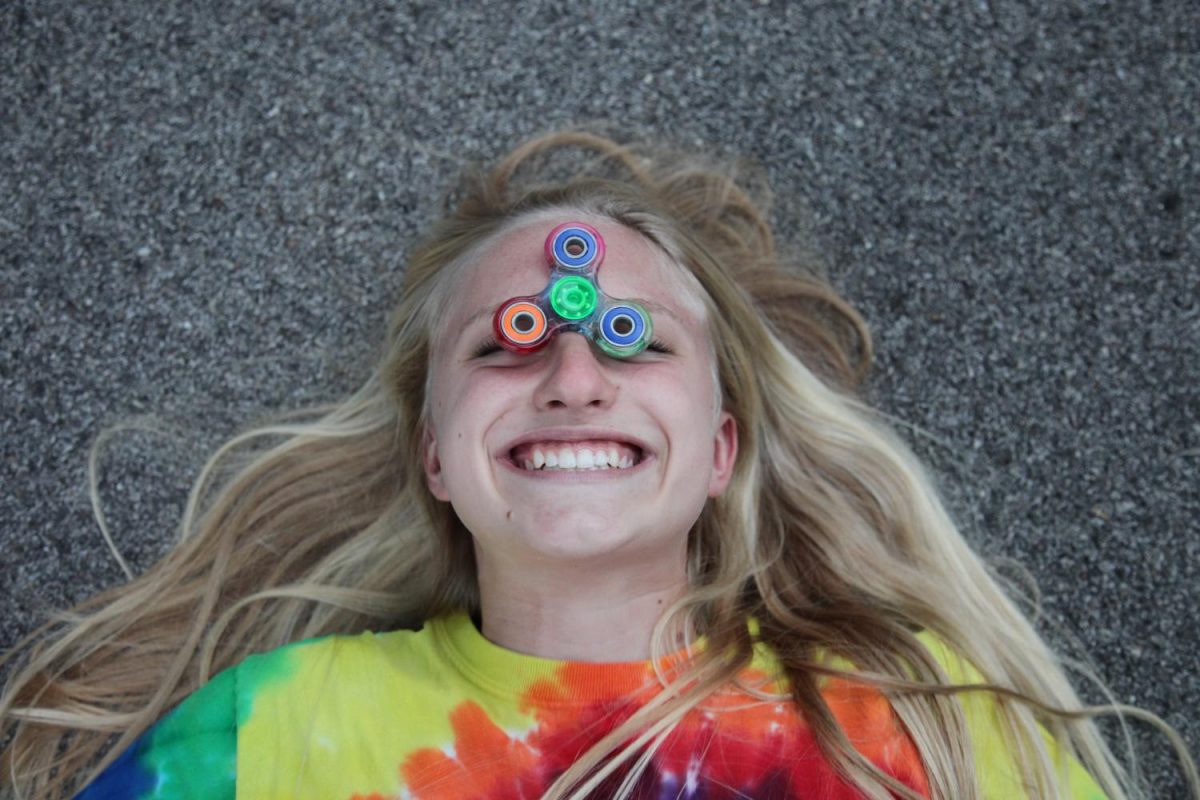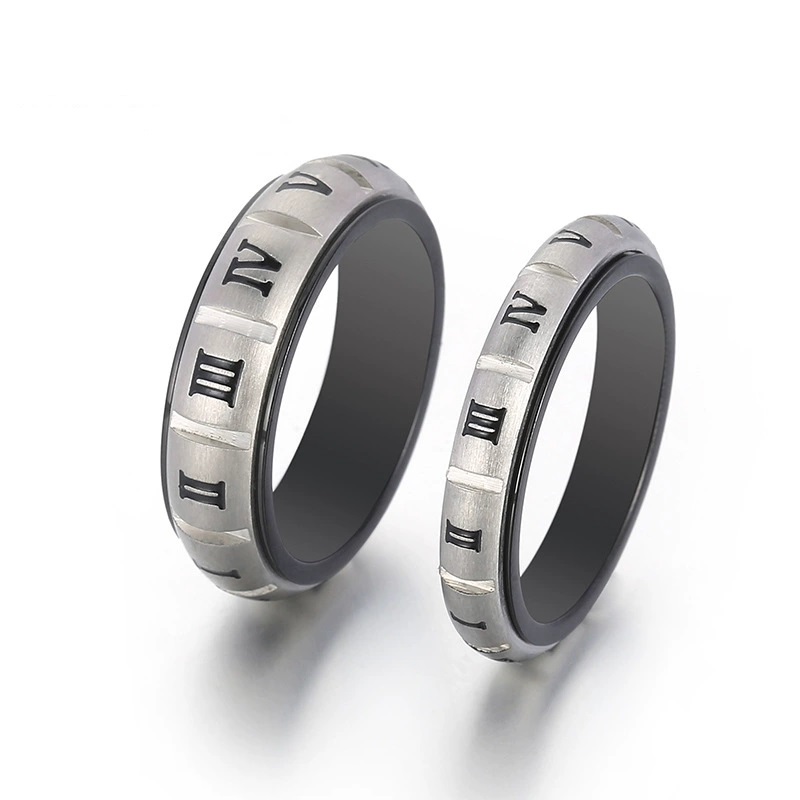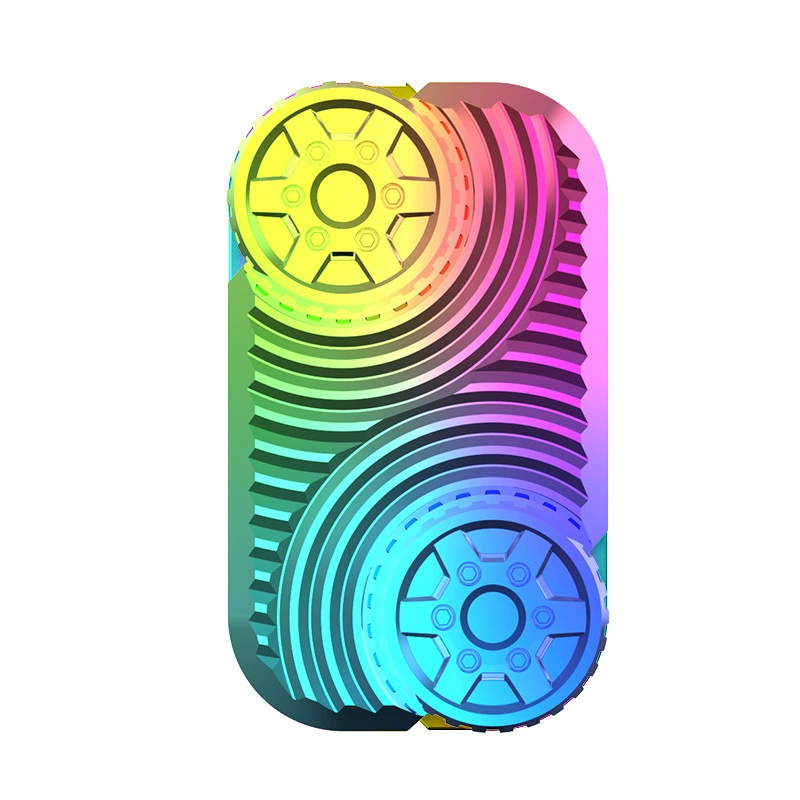-
Shenzhen City, GuangDong Province, China
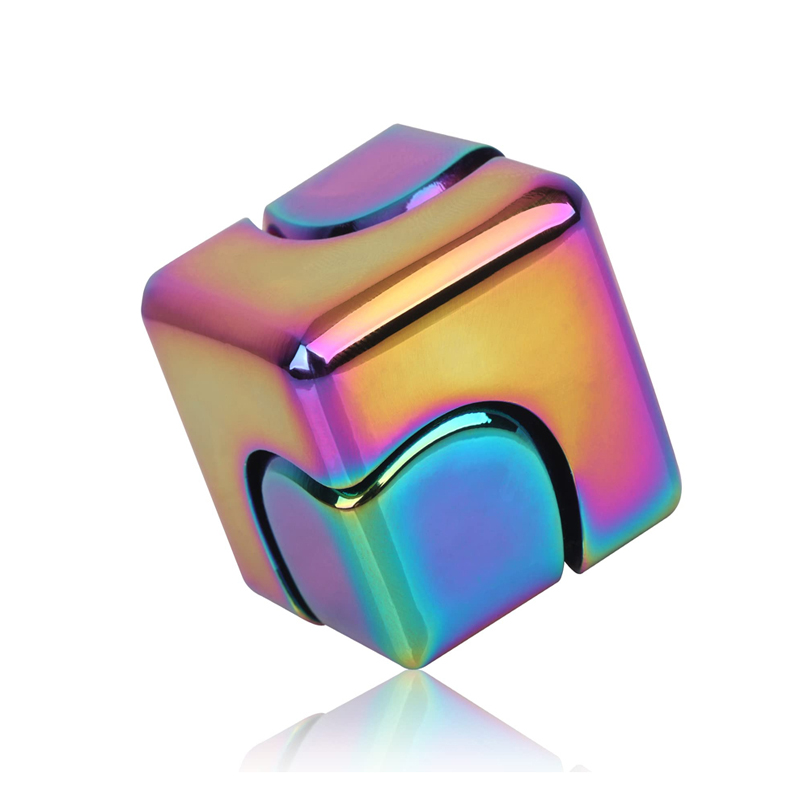
What is Fidget Toys?
Do you ever feel wiggly? Do you like to pop bubble wrap? It feels good, right? Fidget toys are special toys. They can feel good too. They are like bubble wrap alternatives. You can hold them in your hand. These handheld stress relievers help you feel calm.
Lots of kids use them. Grown-ups use them too! They are stress relief toys. Fidget toys help when you feel worried. They help when you need to focus. They are focus aids for ADHD. Let’s learn all about these fun sensory stimulation tools. Many people use Pop-it silicone toys. They are very popular anxiety reduction gadgets.
What Are Fidget Toys Exactly?
Fidget toys are small things. You can hold them. You can play with them quietly. Most are made of soft stuff like silicone. Some are durable silicone toys. Some are made of rubber or plastic. You might find durable plastic fidgets or textured rubber toys.
They come in many shapes. They have fun textures. You might see colorful silicone mats. Some have bubbles you can push. These are silicone bubble poppers. They make a little pop sound. This is like bubble-popping satisfaction. Other toys spin, click, or bend. Think about fidget spinner variations or twist-and-click toys.
Why use them?
- They help you feel calm. They are anti-anxiety gadgets.
- They help you pay attention. They are cognitive focus tools.
- They give your hands something to do. They offer tactile stimulation devices.
How do they work? Moving your hands can help your brain. Doing the same small action feels good. This is relaxation through play. It makes your body feel less jumpy. Fidget toys provide tactile feedback tools. This can be a restless hand solution. They are great anxiety management tools. Some are even therapy-approved toys. People use them for sensory integration therapy.
Types of Fidget Toys
There are many kinds of fidget toys! So many choices!
- Pop-Its: These are super popular! They are flat silicone push pads. They have bubbles like bubble wrap simulators. You push them in. Pop, pop, pop! These rubber popper mats are fun. You can find silent bubble poppers too. They are often classroom-approved fidgets. Many are pocket-sized stim toys.
- Fidget Spinners: These toys spin fast! You hold the middle and flick it. Watching it spin is cool. There are many kinds, even silent fidget spinners. Some look like a cool Windmill Desk Spinner Toy.
- Fidget Cubes: A small box with fun things on each side! Buttons to click. Wheels to spin. Switches to flip. They are often plastic fidget cubes. It keeps fingers busy. An Infinity Cube is like this but folds forever. You can even find a fancy Aluminum Infinity Cube. A fidget cube fidget spinner combines two fun ideas!
- Squeeze Toys: Squishy things! Like stress balls or squishy stress balls. You squeeze them hard. It helps get mad feelings out. Some look like animals. These are compression stress relievers. You can find textured stress balls. Play-Doh and therapy putty are like this too. They help with hand exercise gadgets and hand-strengthening toys.
- Specialized Tools: Some fidgets are different.
- Chewelry: Jewelry you can chew! Good for people who need oral motor tools. Chewigem is a known brand.
- Kinetic Sand: Sand that flows and sticks together. Fun to touch!
- Tangle Toys: Bendy, twisty toys made of curves. They are twistable chain fidgets.
- Flipping Chain Toys: Metal rings linked together. You can flip them.
- Desk Toys: Fun things for your table like a Newton’s Cradle or liquid motion timers. There are also cool kinetic spinning desk toys.
- Sensory Mats: Flat pads with different textures. Good for sensory processing aids.
- Fidget Rings: Rings you wear and spin. Look for tactile fidget rings or spinner rings. A nice Lover Anxiety Fidget Ring can be helpful.
- Sliders: Magnetic Fidget Sliders click when you move them.
- Rollers: Like the ONO Roller Fidget Toy. You roll it in your hand.
- Others: Plastic clickers, rubber stretch bands, desk doodle pads, finger exercise toys, Calm Strips (textured stickers), visual-auditory stim toys, tactile feedback rings, compression toys, plastic fidget sliders, push-pull silicone toys, sensory mats for focus, multi-textured fidgets.
Money Matters: Some fidgets are cheap. Like simple rubber popper fidgets. Others cost more. Fancy metal fidget cube spinners or toys from brands like Fidgetland or Floop might cost more. Some stores like Therapy Shoppe or places selling Special Needs Toys have many options. Even big toy makers like Cra-Z-Art make fidgets now.
Good Things About Fidget Toys
Why do people like fidget toys so much? They help in many ways!
- Feel Less Worried: Got big feelings? Fidget toys help. Playing with a pocket-sized stim toy can make stress go down. They are great stress reduction for kids and adults. Data shows 88% of people felt less worried using them. They are good anxiety-soothing gadgets and desk anxiety relievers. They act as portable stress reducers. These mindful distraction devices offer anxiety management tools. Using silent stress reducers can help you feel better.
- Focus Better: Need to listen? Need to work? A fidget can help! Especially for kids with ADHD. Fidget toys can be focus aids for ADHD. Many teachers found 73% saw kids focus better with quiet fidgets. They are ADHD concentration aids and focus-enhancing gadgets. They are great focus during homework tools. Adults use silent office toys to focus during meetings. These desk toys for adults are popular office desk toys. You can find quiet office gadgets too.
- Help with Senses: Some kids and adults feel things differently. This might be sensory processing disorder or tactile defensiveness. Fidget toys give the right feeling. They help with sensory integration aids. Many are fidget toys for autism. Many parents (63%) said fidgets helped kids with autism have fewer meltdowns. They are autism-friendly tools and autism sensory supports. They provide sensory-seeking solutions. These multisensory play items help with sensory processing aids. Therapy-approved toys often include tactile learning aids.
- Make Hands Stronger: Playing with fidgets works small hand muscles. This helps with writing and drawing. It helps fine motor skill development. They are fine motor skill trainers. These hand exercise gadgets improve fine motor coordination. It’s good mindful hand exercise.
Why Are Fidget Toys Everywhere?
You see fidget toys a lot now! Why?
- Fun Videos: Lots of videos on TikTok and YouTube show fidgets. People love watching Pop It! silicone toys pop. These videos got billions of views [^4]! They are like ASMR triggers for some people.
- Helpers Like Them: Teachers and therapists say they can help. The American Occupational Therapy Association supports using occupational therapy tools like these. Therapists suggest them as repetitive motion therapy. Educators see them as good classroom focus tools. ChildMind Institute and Understood.org offer info on ADHD resources. The National Autism Association supports sensory supports. Brands like SensorySmart focus on these tools.
- Easy to Use: Fidget toys are small. They are portable stress reducers. They don’t cost too much. Many are silent classroom toys. They don’t bother others like loud toys. They are quiet distraction tools. They offer silent manipulatives for learning. You can find quiet classroom aids that work well.
Are There Any Problems?
Some people worry about fidget toys.
- Too Distracting? Can they make it harder to focus? Some schools think so. About 62% of schools allow quiet ones, but rules change. It’s a balance. Are they focus-enhancing gadgets or just toys?
- Too Many Toys? Lots of fidgets are sold now. Some are cheap and break fast. Are they real therapy tools or just overcommercialization? Look for good quality executive functioning tools.
- Safety First! Small parts can be dangerous for little kids. Sadly, cheap toys caused over 120 choking problems in one year. Always check the age label. Make sure they are safe fidget toys for kids. Look for durable silicone toys or durable plastic fidgets.
How to Pick the Best Fidget Toy?
Which fidget toy is right for you? Think about these things:
- Who is it for? A toy for a small child needs to be safe. No small parts! A teen or adult might like a metal fidget cube spinner or fidget rings for men. Think about age group.
- What is it made of? Silicone is strong and easy to wash. Rubber might be good for chewable toys like Chewelry. Plastic fidget cubes are common. Check the material.
- Where will you use it? Need a silent classroom toy? A Pop It or Tangle Toy might be good. Need something for your desk at work? A kinetic desk toy or a desk spinner toy could work. Think about the use case. Desk-friendly manipulatives are great for the office.
- How much can you spend? Simple squeeze toys are cheap. Fancy kinetic art desk toys cost more. Check the budget. You can find good options at stores like BuyFidget.Toys or sites like fidgetsguide.com.
All Done! What We Learned
So, what is fidget toys? They are small tools. They help with big feelings like stress. They help you focus. They give your hands something fun to do. They come in many types:
- Pop-Its (Push-pop bubble pads)
- Fidget Spinners
- Fidget Cubes (Infinity Cube Fidget Toy)
- Squeeze Toys (Squishy stress balls)
- Special tools like Tangle Toys or kinetic sand
They are popular because they work! They help kids with ADHD (ADHD sensory toys) and autism (fidget toys for autism). Grown-ups use them too for anxiety relief. They are mindfulness toys.
Final Tip: Not sure where to start? Try a simple Pop It or a stress ball. See if it helps you feel better! These tactile stimulation devices are easy to find. Remember repetitive motion devices can be very calming. They are useful restless hand solutions.
Fidget Toy Facts Table
Here are some cool facts about fidget toys:
| Category | Data / Statistic | Key Takeaway |
|---|---|---|
| How Big is the Market? | Fidget toys made $8.12 Billion in 2023! Wow! Expected to be bigger soon. | Lots of people are buying them, mostly in North America. |
| People searched online for fidgets a lot in 2017 and 2020. | Spinners were big, then pop fidgets became popular during COVID time. | |
| Do They Help? | 88% of people said fidgets helped them feel less worried quickly. | Good for stress, but not the same as seeing a doctor. |
| 63% of parents saw fewer meltdowns in kids with autism using them. | Tactile fidgets like stress balls often help kids with autism. | |
| 73% of teachers saw kids with ADHD focus better with quiet fidgets. | Silent fidget devices like silicone poppers are good for school. | |
| Rules and Trends | 62% of schools in the U.S. allow quiet fidgets. | Schools see they help but want to avoid distraction. |
| Videos about “pop fidgets” got 5 Billion views in 2021! | Fun videos make people want to buy them. | |
| Safety | Badly made toys caused 120+ choking problems in 2022. | Always check if a toy is safe for the child’s age. |
Questions People Ask (FAQs)
- Are fidget toys only for kids?
- Nope! Grown-ups use them too. For work, for stress. They are great desk toys for adults.
- Do they really help with ADHD?
- It depends. Some studies say yes, some say maybe. Many helpers (like those at the American Occupational Therapy Association) think they are useful ADHD-friendly manipulatives. They are good occupational therapy tools.
- What’s like a pop-it toy?
- Try a fidget cube, textured rings (tactile stimulation rings), or kinetic sand. ONO Roller is another option.
- Can fidget toys replace seeing a doctor or helper?
- No. They are tools to help, like mindfulness toys. But they are not medicine or therapy. Use them as extra help.


